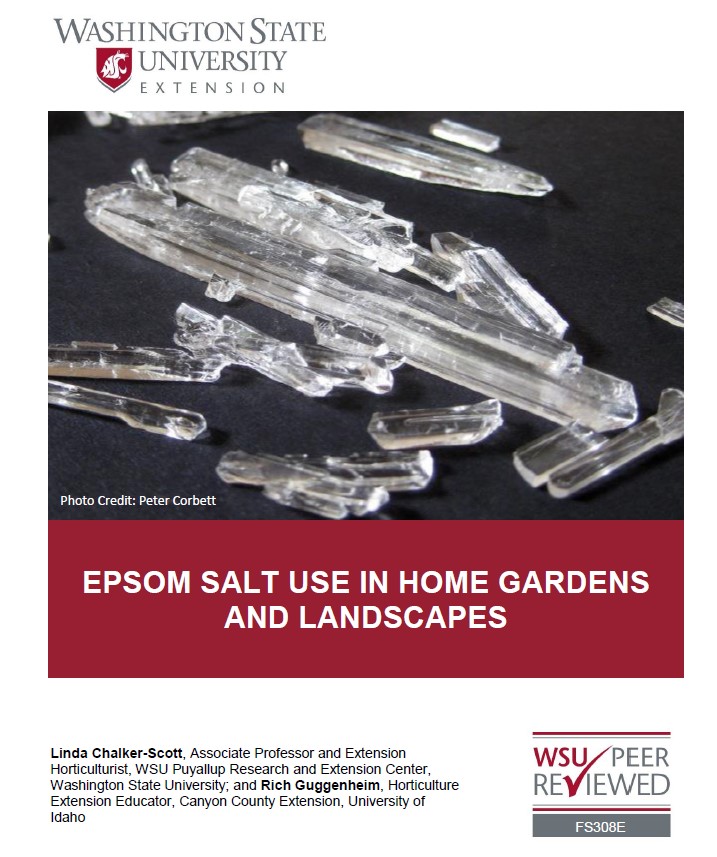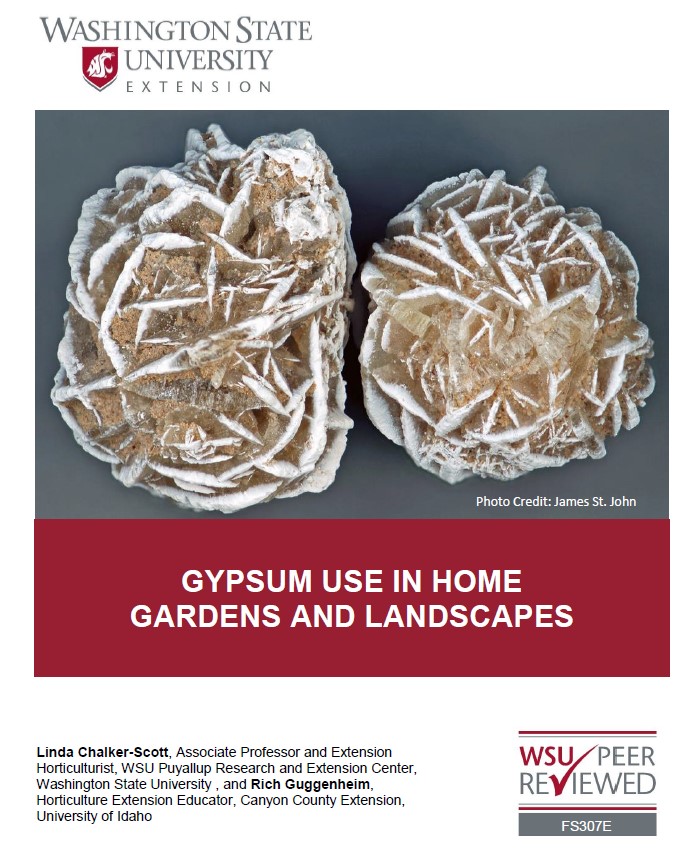
It’s been 20 years since I began my Extension position at Washington State University. During that time, I’ve tackled gardening myths and produced peer-reviewed fact sheets and manuals through our Extension Publications department. But because of the way that Google searches work, these resources are often buried far beneath the glitzy but fact-free websites promoting bad science. This month I’ll be shining a spotlight on some publications that are must-reads for those who wish to use science-based information in their garden and landscape activities.


If the sheer vastness of the online swamp of information horrifies you, there’s no better place to start than with our Scientific Literacy manual. This publication, coauthored with Dr. Catherine Daniels, introduces you to the CRAP (Credibility, Relevance, Accuracy, Purpose) analysis of information from any source. As the abstract states, this publication helps you “to distinguish science from pseudoscience and can help avoid wasting time, money, and resources on poor ideas or, worse, scams.”
With the CRAP analysis techniques under your belt, you will appreciate our fact sheets debunking some of the “plausible nonsense” force-fed to gardeners (and by extension their plants and soils). The use of Epsom salt in the garden is one of the biggest fact-free nostrums out there. Our Epsom Salt fact sheet, coauthored by Rich Guggenheim, outlines what misapplication of Epsom salt will do to your garden soils and the news is not good.
Right up there with Epsom salt is gypsum, another popular soil amendment with many purported benefits. While gypsum can alleviate problems in heavily used agricultural soils, it has little to no benefit when applied to gardens and landscapes. Our Gypsum fact sheet, also coauthored by Rich Guggenheim, will tell all!

Since we’re discussing chemicals that are added to soils, I’ll refer you to another article written by Dr. Jim Downer and myself. Soil myth-busting for Extension educators – reviewing the literature on soil nutrition is a peer-reviewed publication in the Journal of NACAA. In this article we discuss address “six common misperceptions about managing soil nutrition in nonagricultural situations.” And yes, two of these misperceptions are the routine use of gypsum and Epsom salt.

I invite you to use the methods in our scientific literacy manual to debunk claims you read or hear about soil amendments. Knowledge is power and you can become a gardening superhero by helping fight the gardening swill that fills the informational swamp.
Next month I’ll continue the “truth series” with a look at some of our publications on garden practices we believe to be true…but aren’t based on science. In the meantime, here a couple of related blog posts that you might enjoy:

I do my version of the shame list with the “Dirty Dozen Garden Products.” Not only is this a good reviews of things that don’t belong on your garden soils, but there’s a fun quiz to see how your stack up with science.

This post on “Garden Logic” links up nicely with our discussion of CRAP analysis. Find out why we tend to jump to conclusions about what we see in the garden, regardless on whether it’s evidence-based or not.
Stay tuned for next month!




